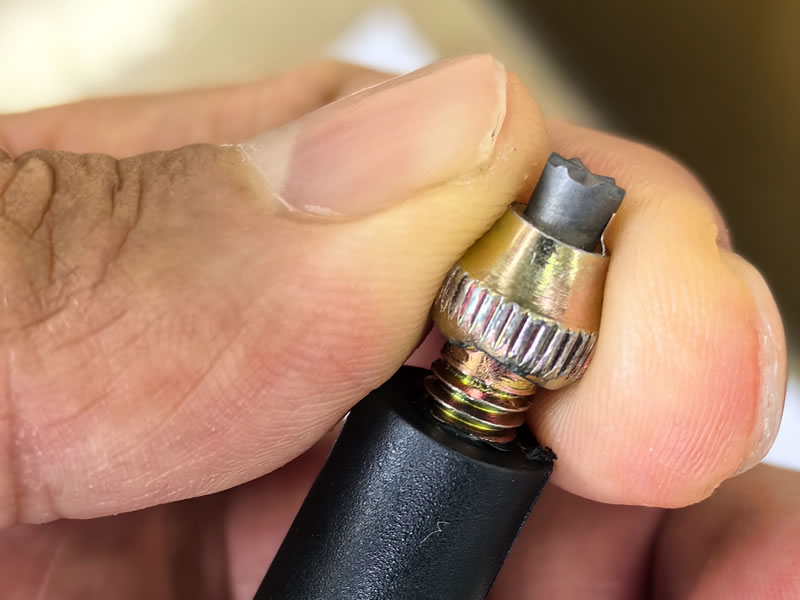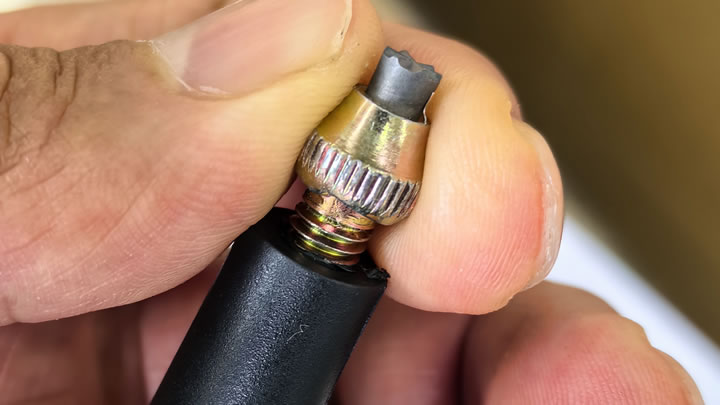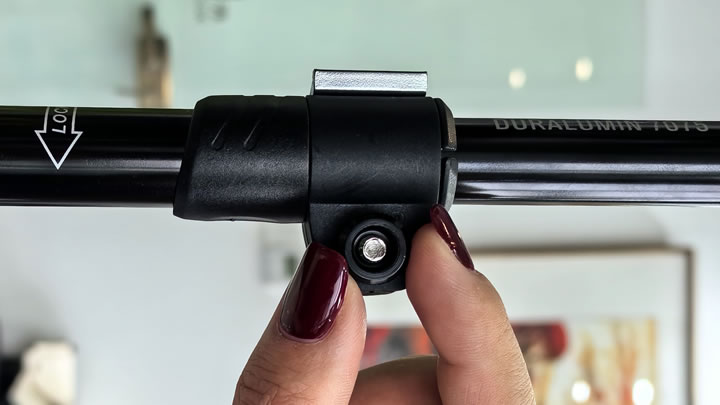My Walking Pole Tips Are Worn, How to Replace Them?
Worn walking pole tips are inevitable with regular use, but they're also one of the easiest components to replace. Recognizing when to replace them and knowing how to do it properly is crucial for maintaining optimal traction and safety on the trail. This comprehensive guide will walk you through identifying wear, selecting the right replacements, and executing a perfect tip replacement.

Recognizing When Tips Need Replacement
Don't wait until you're slipping on every rock. Look for these telltale signs:
- Smooth Metal Surface: The textured tungsten or carbide tip is completely worn down to a smooth surface
- Exposed Threads: The metal base of the pole shaft becomes visible
- Poor Traction: Consistent slipping on surfaces where you previously had good grip
- Uneven Wear: One side of the tip is significantly more worn than the other
- Loose Fit: The tip wobbles or spins easily on the shaft
Choosing the Correct Replacement Tips
Not all tips are created equal. You'll need to consider:
- Compatibility: Most major brands (Black Diamond, LEKI, Komperdell) use standardized threading, but it's crucial to verify compatibility. The most common thread size is M8.
- Tip Types:Standard Carbide/Tungsten Tips: Ideal for most trail conditionsAggressive Mountain Tips: Longer, sharper tips for technical terrain and iceRubber Tips (Paws): For pavement use or protecting indoor floors
- Quality Matters: Invest in quality replacement tips from reputable manufacturers. Cheap, generic tips often wear out quickly and may have poor thread quality.
Step-by-Step Replacement Guide
Tools Needed:
- Replacement tips
- Adjustable wrench or vise grips
- Cloth or leather to protect the pole
- Needle-nose pliers (for stubborn tips)
- Thread cleaning brush (optional)
The Replacement Process:
- Secure the Pole: Hold the pole firmly or place it in a vise with soft jaws. Never clamp carbon fiber poles directly in a metal vise.
- Remove the Old Tip:Wrap the tip with a cloth to protect itUse an adjustable wrench to grip the tip firmlyTurn counterclockwise (lefty loosey)If stuck, apply penetrating oil and let it sit for 10 minutesFor extremely stubborn tips, use vise grips with careful pressure
- Clean the Threads:Remove any dirt, old thread locker, or corrosionUse a small brush or compressed airEnsure threads are completely clean and dry
- Install the New Tip:Screw the new tip on by hand first to ensure proper threadingTighten firmly with a wrench, but avoid over-tighteningThe tip should be snug and straight
Pro Tips and Common Mistakes
Do:
- Carry spare tips on long hikes
- Replace both tips at the same time, even if only one is worn
- Keep the old rubber tip protectors if they're still in good condition
- Apply a small amount of thread locker if tips repeatedly come loose
Don't:
- Use excessive force that could damage the pole shaft
- Cross-thread the new tip during installation
- Ignore slight wobbling - it will only get worse
- Continue using poles with severely worn tips
Troubleshooting Common Issues
Stuck Tips: If a tip won't budge, try these methods:
- Apply heat carefully with a hairdryer to expand the metal
- Use a rubber mallet to gently tap the wrench while turning
- As a last resort, carefully cut the tip off with a Dremel tool
Stripped Threads: If the threads are damaged:
- Use a thread repair kit designed for small metal threads
- Consider professional repair if damage is extensive
Maintenance to Extend Tip Life
- Rotate tips periodically if they show uneven wear
- Use rubber tip protectors when walking on pavement
- Clean mud and grit from tips after each use
- Store poles in a way that protects the tips from damage
When to Seek Professional Help
If you encounter any of these situations, consider professional assistance:
- Stripped threads on the pole shaft itself
- A broken tip fragment stuck in the threads
- Damage to the carbon fiber shaft near the tip
- Uncertainty about proper replacement procedure
Replacing your walking pole tips is a simple maintenance task that dramatically improves safety and performance. With the right tools and this guide, you can easily restore your poles to like-new condition. Regular tip inspection and timely replacement will ensure your poles remain trusted companions on all your adventures. Remember, reliable traction begins at your fingertips - or in this case, at your pole tips.






